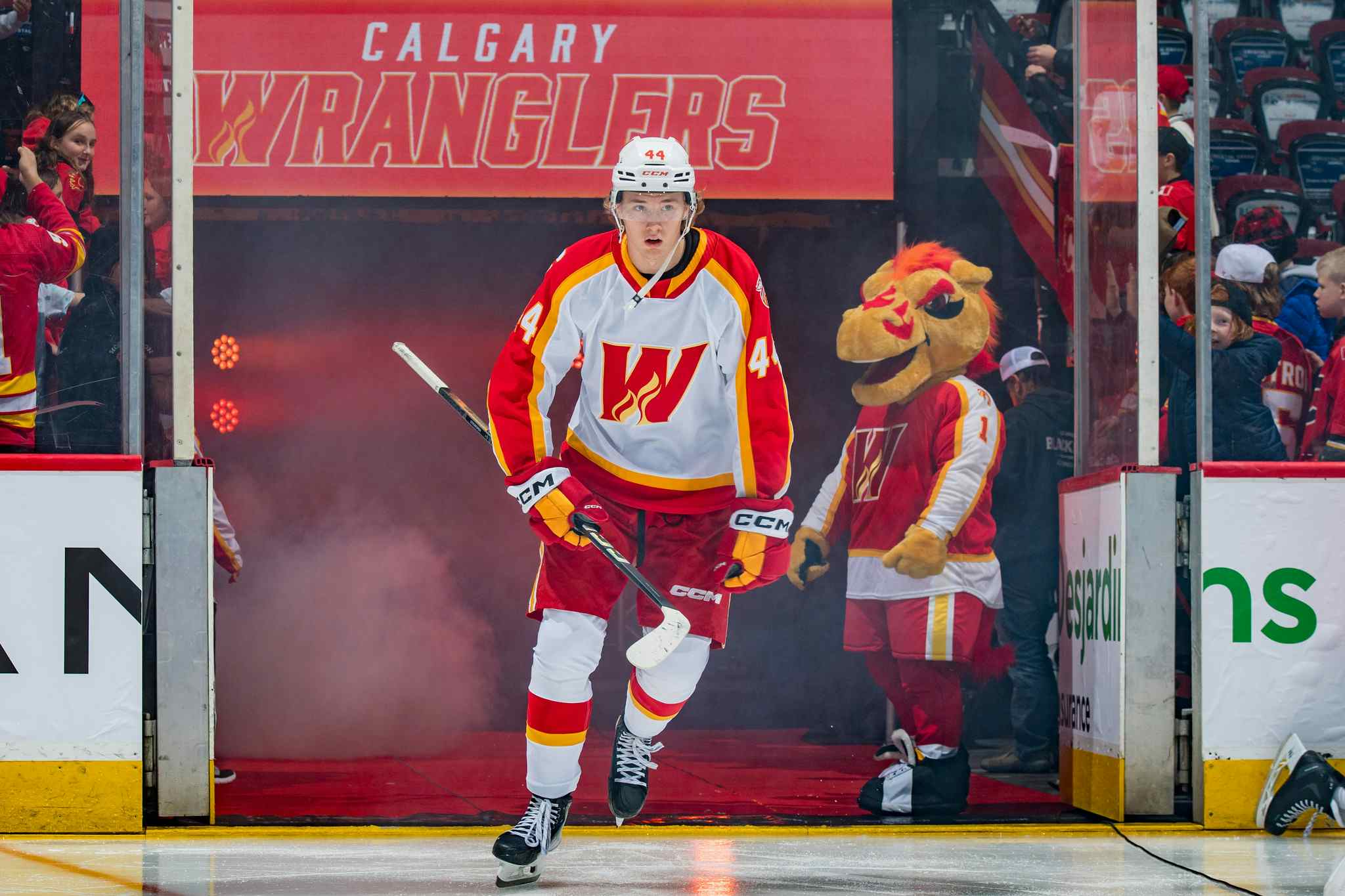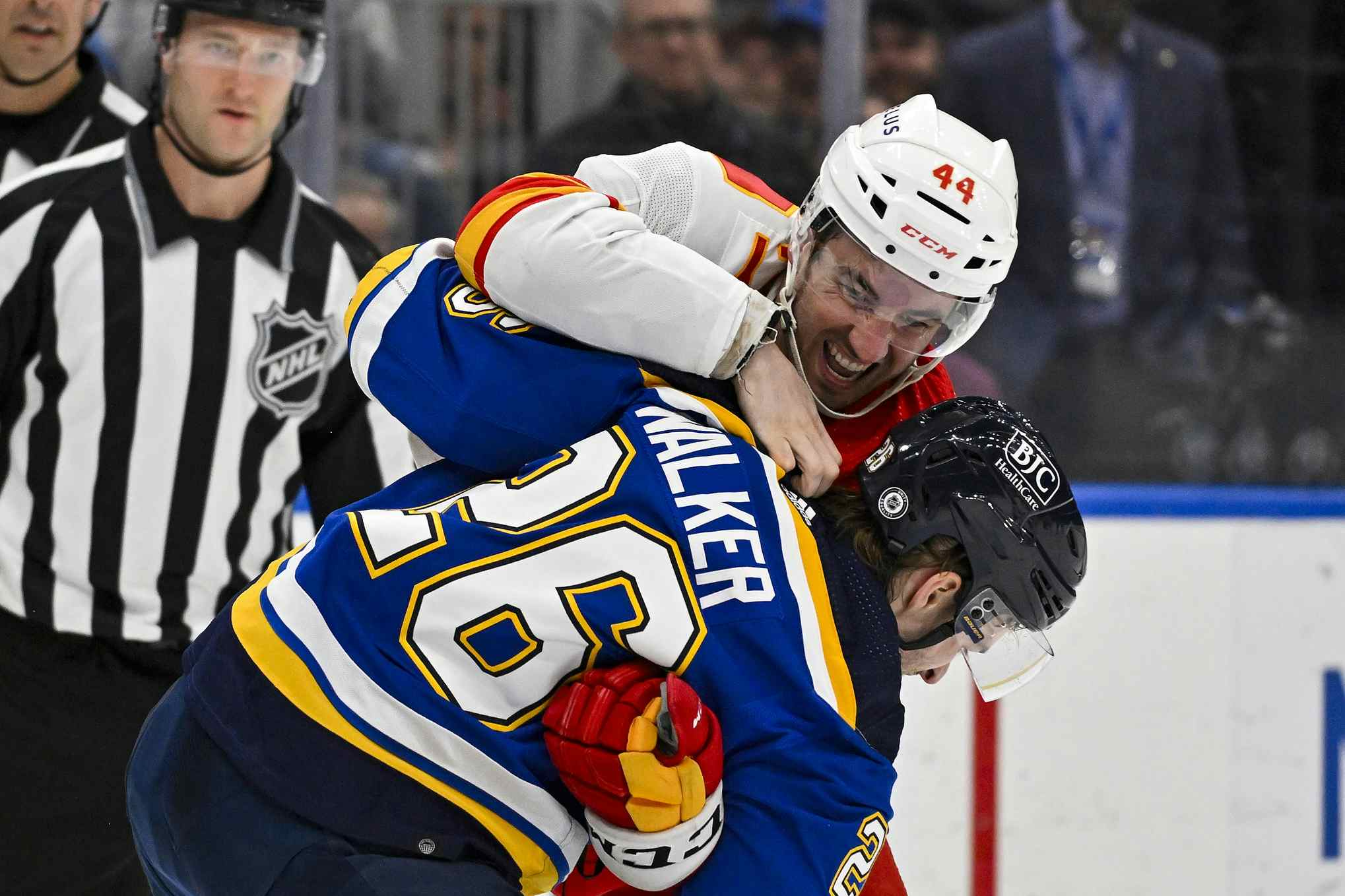Where You’re Going By Where You’ve Been
By RexLibris
8 years ago
Well that was one heck of a season. Goals, come-from-behind wins, Hiller standing on his head, a rookie-filled team shooting the lights out, Norris-calibre season from O Captain, My Captain!
Too bad it’ll never happen again for as long as the Sun shines down on the this fair Earth.
Or will it?
The Flames went from the bottom to the, um, middle like a rocket this season. Other fans might use metaphors to illustrate a sense of alacrity based on geese and their fecal excretory systems, but we’ll stick with the rocket comparison today.
In 2013 the Flames finished 25th in the league with 42 pts in a 48 game season for a .395 win%. The following season they finished 27th with 77 pts in a full season and a .427 win%.
Things were looking down for the gang back then.
Summer of 2014-2015 involves much discussion of how bad the Flames can be. Worst in the Western Conference? Many seemed to think so. But worse than Buffalo? That could be tough. All the same, the clouds were rolling in, the barometer was low and fans were braced for a long losing season.
But the team didn’t lose. They won. More often than not, and many would say more often than they deserved. But nevertheless, they won.
Talk turned to regression and statistical anomalies, but the regression didn’t happen within the season, at least not to the extent that many, myself included, thought it would.
And before you know it, Dean Lombardi is planning his exit meetings with Darryl Sutter over tee times while the Flames are putting away their razors in favour of moustache wax and ice packs for the spring.
Well now how in the heck did this happen? Did the Flames just pull off one of the biggest rebound seasons in NHL history?
Going back to 1979, I had a look at teams that finished in the bottom four of the league and compared it to where they finished the following season.
Keeping in mind that this means comparing the league through the expansion eras from 21 teams to 30, the evidence suggests that since the 2005-2006 lockout, the ability of a team to tank a single season and then rebound to something close to relevancy has become more common.
Take a look at the images below and you’ll see what I mean.

This is the 1st era, the old 21-team NHL. Among other things you may notice that the Toronto Maple Leafs essentially spent a decade in the bottom of the league and came out of it with bupkus. Gotta love the Leafs, they put the “fun” in dysfunctional.
Now, a few teams were able to pull out of the nosedive they were in, but we also see a lot of familiar faces in this list, year-over-year and none of the teams who made the massive improvement went on to win Stanley Cups immediately after their meteoric rise.
Ignore the extra columns to the right, but you can see the teams that improved in the standings by 10 places or more have a highlighted square next to them. I’ve also added an asterisk to the 1988-1989 Kings because they made a bit of a splash on the trade market that summer that contributed to their improvement the following season.

The numbers in the far right represent the number of teams in the league at each time, which is also denoted by the colour changes. The asterisks here represent teams that spent extended time at the bottom of the league, thereby collecting several high draft picks and as a result, at least in most cases, high-end talent.
Not much difference in terms of the number of teams making a significant jump in the standings nor the frequency with which it is done. That is to say, it isn’t a regular occurrence, but neither is it so rare as to be considered truly astonishing.

Here we have the modern NHL, 30 teams and the beginning of the draft lottery. You’ll notice that on the right hand side I’ve added a note “low” and “high”. This is, for the entire exercise, the lowest a team adjusted (in this case, they fell back) and the highest.
Only one asterisk here, the Penguins following the addition of Sidney Crosby in 2005-2006. They would wait another three years before winning a Stanley Cup and haven’t gotten a real chance since.
What stands out most of all is the frequency that we’re seeing teams make a leap following a down year. This could be explained a number of ways: improved drafting, better talent available through the draft or improved parity of the league through the salary cap.
The first two I’d wave off. It typically takes three to five years for all but the absolute best prospects to make a real difference to the fortunes of their team, and while drafting likely has improved during that time, we’re still talking about teenagers and development curves.
However, the instituting of a salary cap coincides directly with the increased frequency of a team’s ability to bounce back after a bad season.
The only real gap in the list is the…wait for it…2009-2010 season featuring the Oilers, Leafs, Panthers and Blue Jackets. Four poster franchises for dysfunction and ineptitude for much of the NHL’s recent history.
I left off the 2013-2014 season but it featured two teams specifically showing marked improvement, the Flames with an improvement of 11 places in the standings and the Florida Panthers who improved 9 places. The other two teams, the Sabres and Oilers, did not budge.
So what conclusions can we draw from this exercise?
The Flames’ season was likely one for the ages…for Flames fans. This sort of improvement is, in general, becoming more prevalent throughout the league.
The average improvement of a team finishing in the bottom four of the league to the following season is 4.6 spots in the standings, with an improvement of 2 places being the most common occurrence. The teams that shared similar experiences to the Flames in recent history are the 2012-2013 Islanders, the 2011-2012 Avalanche, and the 2012-2013 Blue Jackets.
The Flames may well have experienced a brief dip down into the basement of the league to restock the cupboard with elite-level prospects, however it remains to be seen whether they will continue to improve and grow or have merely rushed back to a state of relative mediocrity.
All standings information courtesy of nhl.com.
Recent articles from RexLibris





